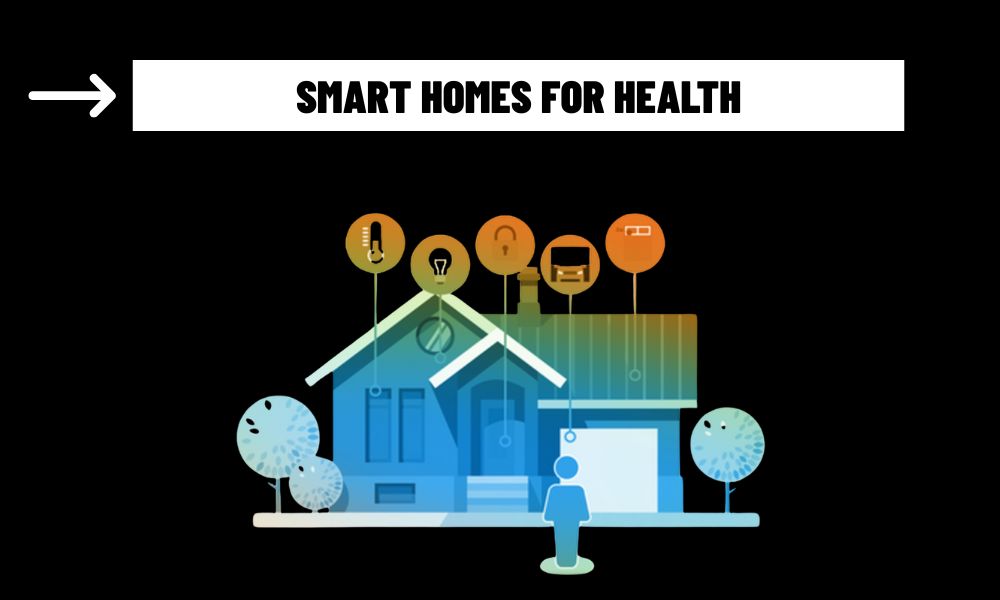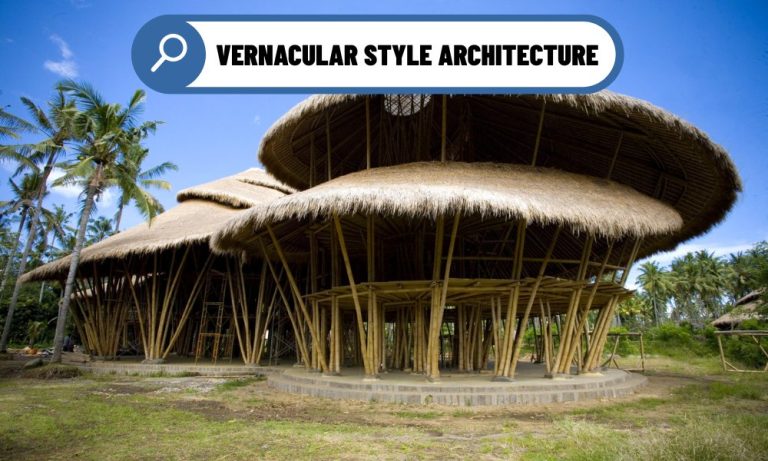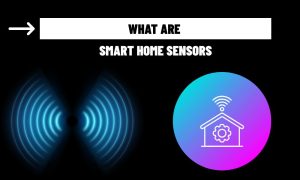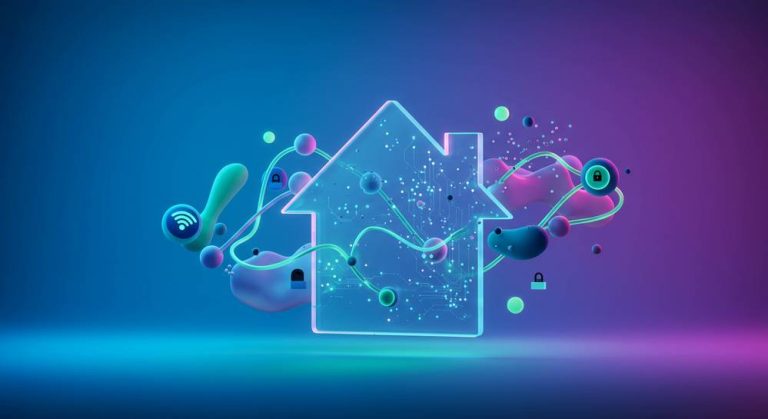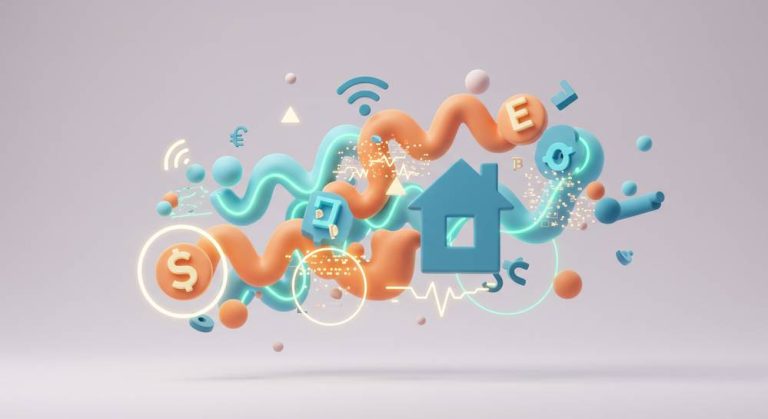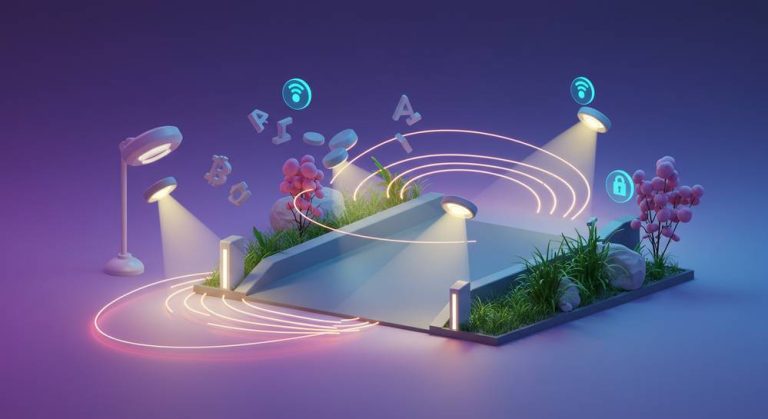Smart homes are redefining wellness by integrating sensors for air quality, humidity, and health-monitoring wearables with Human-Centric Lighting (HCL) and smart water filtration systems. These technologies work in harmony to create environments that prioritize resident health, from improving air purity to enhancing sleep and hydration. This article examines the technological synergy behind these systems, their applications, benefits, challenges, and the innovations shaping health-focused smart homes.
The Technology Behind Health-Focused Systems
The functionality of health-focused smart homes hinges on advanced technologies. Air quality sensors, like those in Dyson purifiers, use laser scattering to detect particulate matter and electrochemical cells for gases like VOCs, ensuring precise monitoring. Humidity sensors, embedded in devices like Nest thermostats, employ capacitive or resistive elements to measure moisture, maintaining optimal levels. Wearable health monitors, such as the Oura Ring, use photoplethysmography for heart rate and accelerometers for sleep tracking, syncing data via Bluetooth to smart home hubs.
Human-Centric Lighting relies on tunable LED technology, as in LIFX bulbs, to adjust color temperature and intensity, mimicking natural light cycles. Smart water filtration systems, like those from A. O. Smith, use inline sensors to monitor pH, turbidity, and contaminants, with IoT connectivity for real-time reporting. These devices communicate through Wi-Fi, Zigbee, or Thread, forming a networked ecosystem. AI processes data locally for instant actions, like activating a purifier, or in the cloud for predictive analytics, such as adjusting HCL based on sleep data.
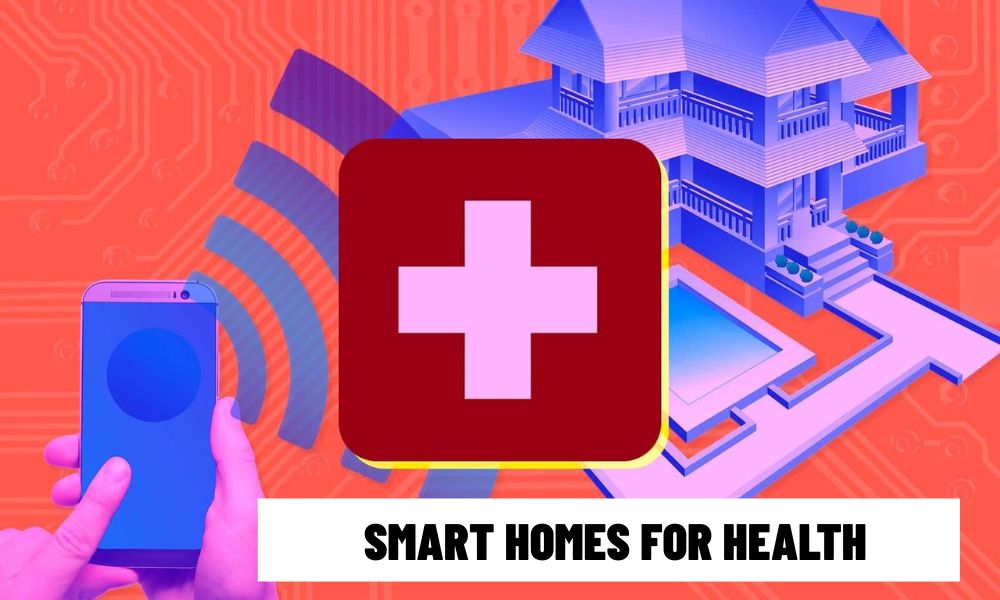
Synergistic Applications
The synergy of these technologies creates powerful health applications. Air quality sensors trigger purifiers when pollutants rise, while humidity sensors adjust dehumidifiers to prevent mold, ensuring a respiratory-friendly environment.
Wearables inform systems to optimize conditions—detecting a restless night might prompt HCL to shift to warmer tones earlier. HCL supports mental health by regulating circadian rhythms, reducing fatigue.
Smart water filters provide clean water, critical for hydration and skin health, with automated maintenance ensuring consistent quality. A unified routine might involve air purifiers, HCL, and calming audio activating when a wearable detects stress, creating a holistic wellness experience.
Benefits for Residents
The combined impact of these systems is transformative. Clean air and balanced humidity reduce allergy symptoms and respiratory strain, with air purifiers shown to lower asthma triggers by 25%. Wearable-driven adjustments enhance mental health, with personalized lighting improving mood stability.
HCL boosts sleep quality, with studies reporting a 20% reduction in insomnia symptoms. Clean water supports digestion and immunity, while automated filtration reduces exposure to contaminants. These benefits create homes that not only react to health needs but proactively prevent issues, fostering long-term well-being.
Challenges and Mitigation
Despite their potential, these systems face challenges. Privacy risks arise from health data collection, mitigated by local processing and blockchain-based data security. Interoperability issues, where devices fail to sync, are being resolved by Matter, ensuring seamless integration.
High initial costs can deter adoption, though scalable systems allow incremental upgrades. Sensor accuracy requires regular calibration, which AI can automate. Connectivity reliance risks disruptions, but edge computing ensures offline functionality. Transparent data policies and user controls are essential to maintain trust.
The future of health Focused Smart Homes
The future of health-focused smart homes is bright. AI will enable predictive health interventions, like adjusting air quality before pollen levels spike. Wearables may incorporate biosensors for glucose or oxygen levels, integrating with medical systems. HCL will use machine learning to tailor lighting to individual health profiles, optimizing hormonal balance.
Smart water systems could detect microbial threats in real time, enhancing safety. Energy-harvesting sensors and 6G connectivity will reduce maintenance and latency, making these systems more efficient and accessible, particularly in underserved regions.
The technological synergy of air quality, humidity, and health-monitoring sensors, combined with HCL and smart water filtration, is revolutionizing smart homes into health-centric ecosystems. By leveraging advanced sensing, connectivity, and AI, these systems create environments that enhance respiratory health, mental well-being, and hydration.
While privacy, cost, and compatibility challenges persist, innovations in AI, standards like Matter, and sustainable technologies are paving the way for broader adoption. As these systems evolve, smart homes will become proactive partners in resident health, setting a new standard for wellness-focused living.
